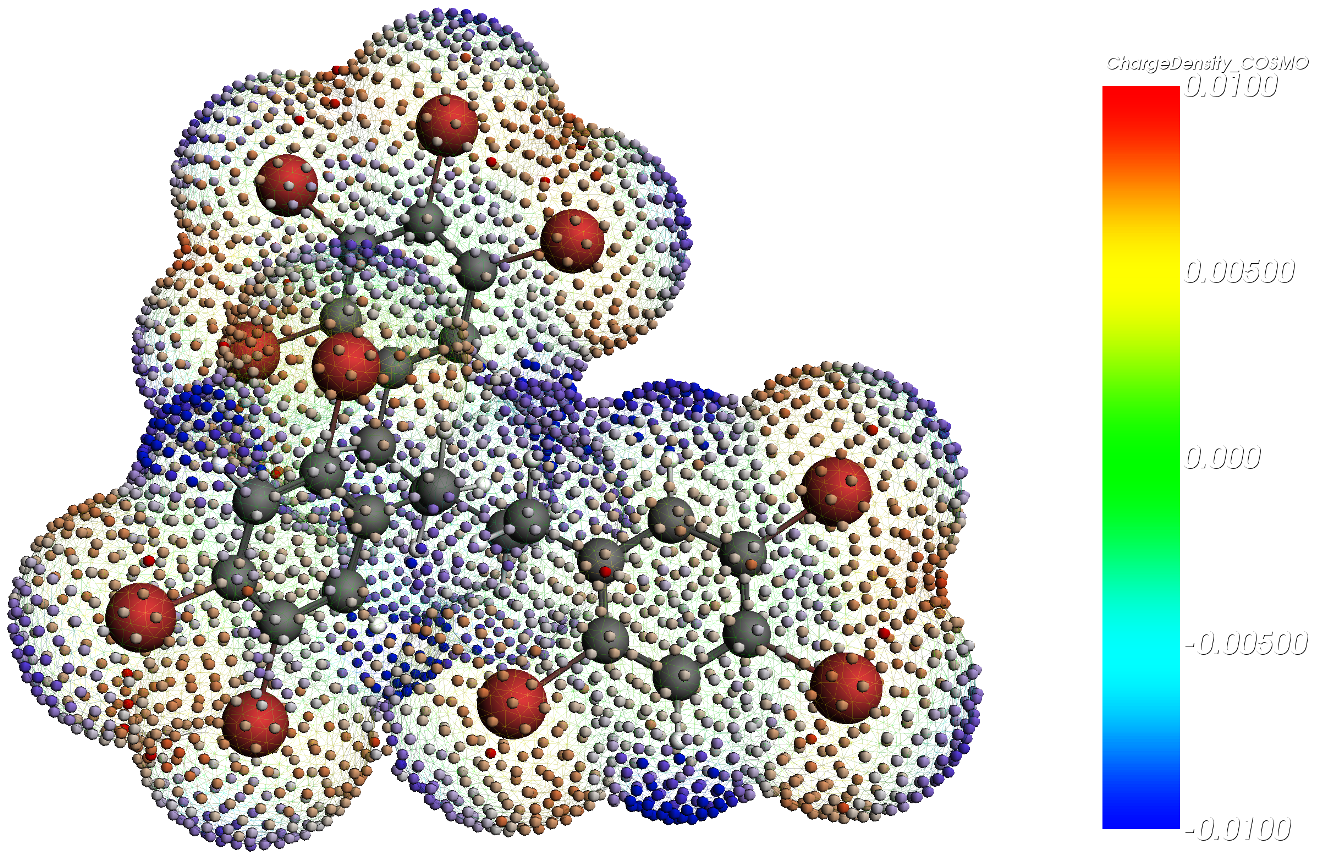logKow: assessing bioaccumulation of flame retardants
Brominated benzylpolystyrene (BrBPS) are used as flame retardants. Since BrBPS are used in so many different applications, their environmental fate is of great interest. In particular, relevant properties for a risk assessment are the bioaccumulation rate, toxicity potential and decomposition pathways are of interest.
COSMO-RS and QSAR logKow predictions
Persistent molecules with an octanol:water partition coefficients (logKow) between 4.5 and 10 may accumulate strongly. Researchers calculated logKow to serve as first screening parameter to estimate bioaccumulation. Furthermore, COSMO-RS predictions were compared with quantitative structure-activity relationship models (QSAR).
Being a quantum-mechanical based method, the COSMO-RS method ultimately includes 3-dimensional molecular structure information in the thermodynamic predictions, which the QSAR models do not. Based on the specific model, the QSAR predictions either show a wide spread or no dependence at all on the polymer chain length. In contrast, the COSMO-RS predictions show a moderate increase in logKow, leveling off above 7 monomer units, which can be rationalized by the polymer rolling up like a ball.

COSMO surface charges on B3BPS (three monomer units) are only modest. The polymers are apolar, which is also reflected in their sigma profiles and tendency to strongly prefer the octanol over the water phase (high logKow)
J. N. Louwen and T. Stedeford, Computational assessment of the environmental fate, bioaccumulation, and toxicity potential of brominated benzylpolystyrene, Toxicol. Mech. Meth. 21, 183–192 (2011)
Key conceptsCOSMO-RS logP